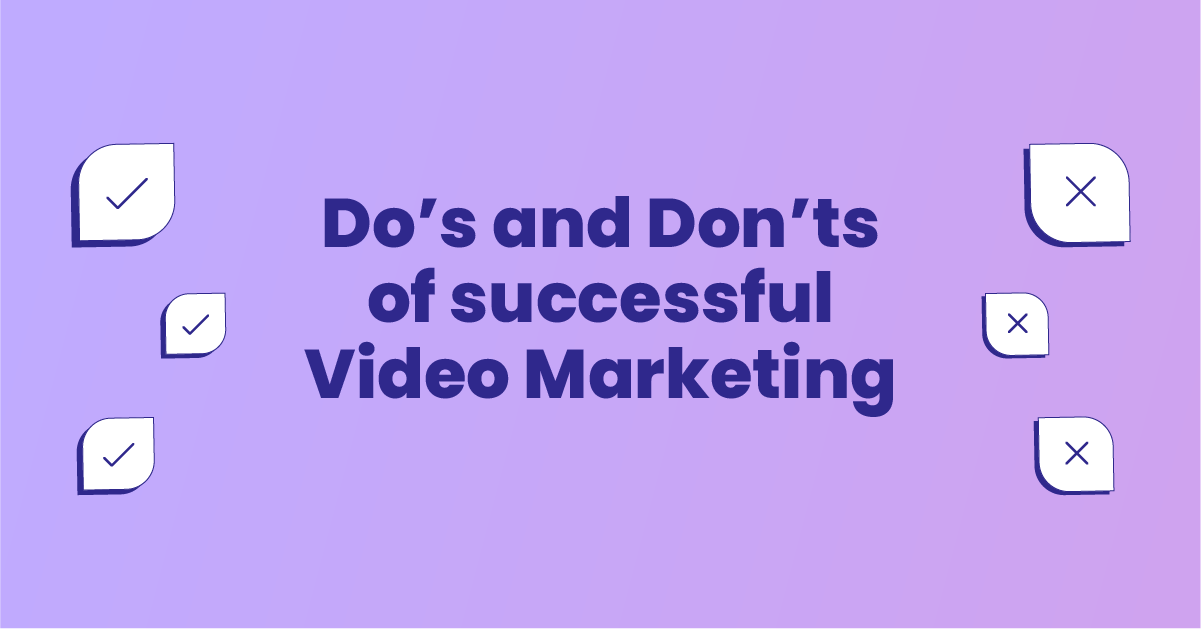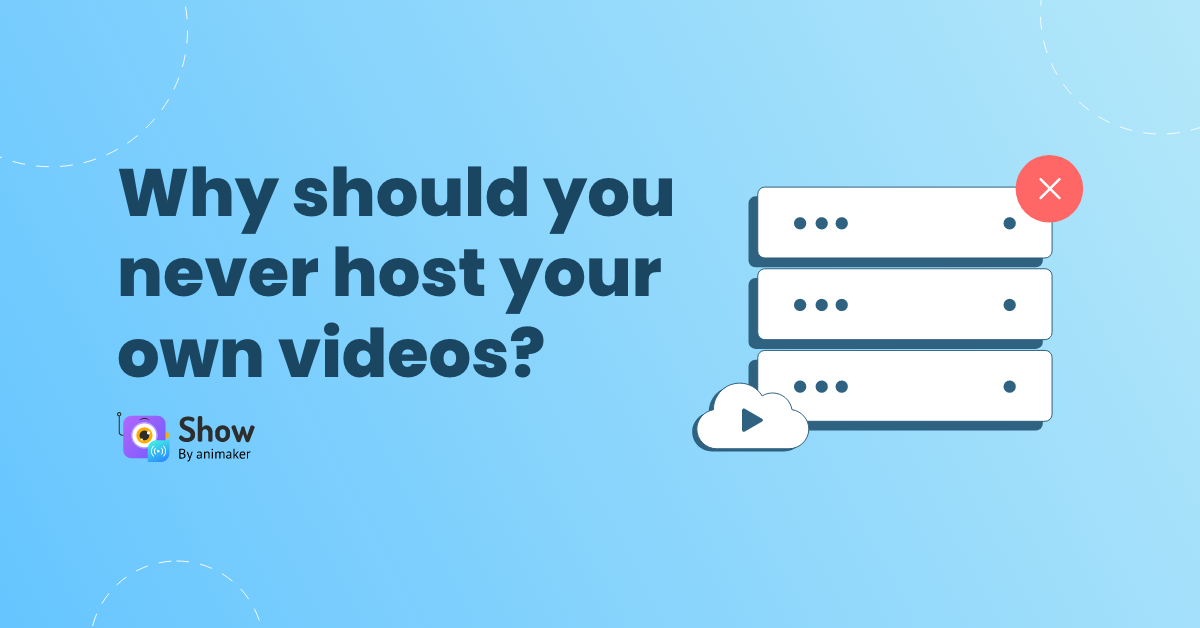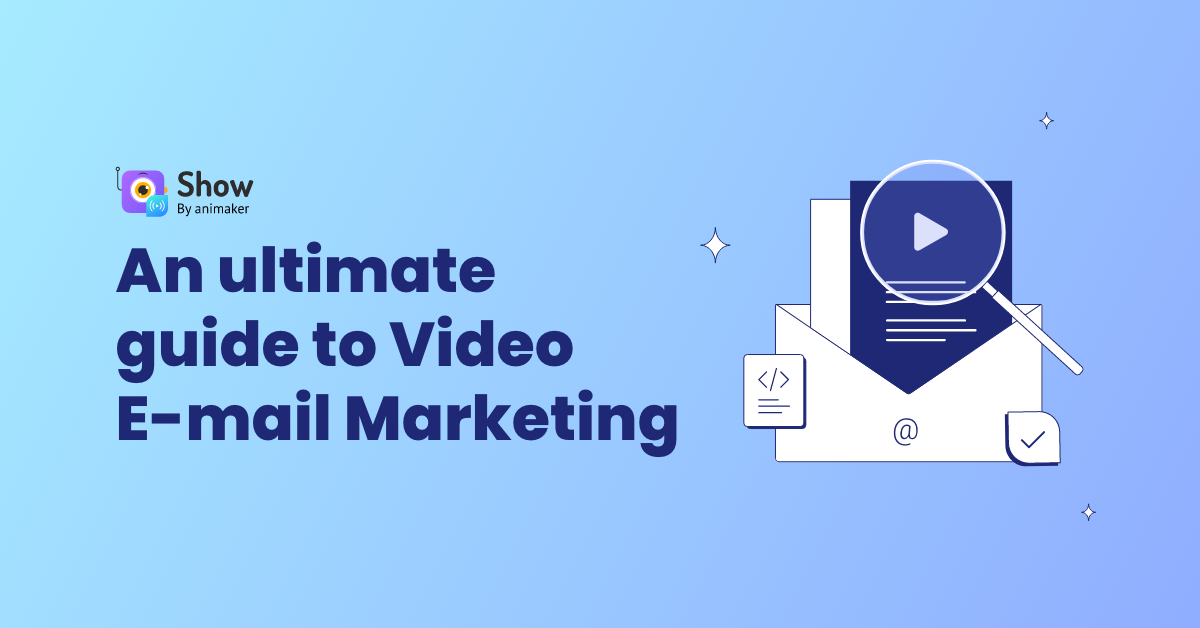Intercom’s secret six to Video-first Growth and marketing.
Given that nearly all of us have browsed through websites of various tech companies, chances are we’ve experienced what Intercom does. Probably we didn’t know it was Intercom behind the scenes, but nevertheless.
Intercom is a platform that facilitates communication with customers. Think bots, think messaging services… all this, and lots more. Today, Intercom is widely considered an extremely successful software company.
This post breaks down how Intercom became so successful. But before we do that, let’s look at some facts that better explain what makes Intercom’s achievements so amazing.
Intercom quick facts
- Intercom, founded in 2011, today has over 100,000 users with more than 25,000 paying customers.
- It counts Microsoft, IBM, Shopify, and others among its customers.
- With an employee headcount of close to 700, Intercom brings in over $150 million in annual revenues.
- It holds a 4.4 out of 5 ratings over G2, with 70% of customers rating it a full 5-star.
- Forbes has listed it five times in its list of the top 100 cloud companies.
- Crunchbase reports that Intercom received total funding of $291 million and pegs its value at $1.2 billion.
- It draws 147K of organic traffic, and the traffic value alone is $200k.
- One challenge with Intercom is definitely their pricing, especially for startups.
Enough to inspire your business to make it big, right?
Great, so now it’s time to get under the hood and discover how Intercom uses video first growth strategy to excel at marketing, drive growth, and make revenue happen.
How Intercom uses video marketing to drive growth?
Intercom has a range of great products and services, but its marketing skills are no less magical. In particular, it has very efficiently used video marketing strategy to strongly improve engagement and attract customers.
Here are the six secrets to how Intercom nailed video marketing:
1. Use demo: Go video from the word go
Intercom understands your website visitors come with a very short attention span. Show them rows of long, meandering text above the fold, with a generic image and you’ll lose them forever.
This is why Intercom has kept its home page very simple. There’s just a headline and two buttons.
The first button is for customers who are ready to try the product. No prizes for guessing what you see when you click the second button ‘View Demo;.
After the powerful headline, Intercom doesn’t wait time in piling endless lines of copy. Instead, it encourages the visitors to see the Intercom in action. The demo video comes with a simple promise: We’ll show you what Intercom can do for you.
This approach shows how much Intercom values the time of their visitors. You want to enable visitors to understand and experience your product as soon as possible. And there’s no faster way of doing this than a video.
By helping your visitors experience your product early on, you display confidence in whatever you solve. What’s more, it immediately takes the visitor further in your marketing funnel.
Notice how all demos have videos. A strong proof that video works, like, crazy. (note: if you are looking to create demo videos check out - Vmaker)
2. High performing pages = Landing pages + Video embed (No Youtube)
When you take a look at the 3 top-performing pages of Intercom, the first two turn out to be home pages in English and French.
The 3rd highest performing page for Intercom is a blog that explains in-app messaging.
As the title suggests, the blog explains how to use in-app messaging for customer retention. Guess what Intercom uses to bring a lot of muscle to that page, in order to keep it performing well?
An embedded video.
Embedded videos go way beyond providing information to your readers in a quick, engaging manner. They provide you with lots of analytics - data that is vital to understanding how your video has performed.
You can use video hosting tools as part of your video first growth marketing strategy to furnish analytics that let you understand what part of the video was watched repeatedly, what part was skipped, whether viewers watched the entire video, and a bunch of other useful stuff. Thanks to this, your content creation, armed with such details, will be in an even better position to repeatedly churn out valuable videos.
You can also use A/B testing by introducing long and short-form videos for tutorials and demos.
3. Coach customers using Video channels (Intercom academy)
Some software solutions are inherently easy to use, others need a deal of getting used to. Either way, all successful solutions share a common factor: they are always feature-rich.
So how do you ensure the basket of features don’t actually confuse your customers and ultimately turn them off?
Customer education is the answer.
Intercom has done that in a remarkable way. They have built a full-fledged academy - powered by videos.
This academy serves two vital purposes. One, the academy helps customers and visitors understand how they can best use Intercom for their business. And two, it helps Intercom strengthen its brand equity by building value.
As you obviously noticed, they’re driving the Academy through video courses. These videos, with their enormous power to connect, hook customers because instead of reading blogs, customers can see things happening right in front of them.
Recall we said in the beginning that Intercom has about 100,000 users and 25,000 paying customers? It means their paying customers form 25% of their user base.
TechCrunch says the average is between 1 and 10 percent.
An incredible difference, right?
Takeaway: These customers are sometimes first-time users who learn something new from your academy. Including CTA and Turnstile forms on top of your video player will help you to generate new leads too.
4. Automate support with Video FAQ and Help customers at every level
Zendesk reports that over 65% of people have bigger expectations on how businesses serve their customers today than they did three to five years back.
Put differently, it means 2 out of every 3 individuals expect more from support.
So how can you automate your support function to the maximum extent possible and reduce the number of tickets raised, without hurting customer experience even the slightest?
Video is the way forward.
No matter how impressive your software product is, if your customers aren’t happy with the installation, they aren’t going to stick to you.
Using video FAQ, Intercom solved one of the biggest hurdles to customer onboarding: software installation. Offering detailed instructions for installation over the video, Intercom solved two challenges simultaneously: helping customers and scaling support.
Takeaways:
Getting video FAQs to automate a big part of the support function is one of the smartest things your business can do to grow faster.
5. Get social to work for your website: Engage with short videos
Intercom has really mastered the video first growth strategy for multiple purposes when it comes to LinkedIn and other social media.
Intercom videos talk about various integrations they have built for their products. These videos also explain various product features (and get decent views too).
More importantly, Intercom uses videos to tackle one of the most challenging problems business organizations battle today: hiring talent.
They use videos to not only announce openings but also to showcase what an amazing place Intercom is to work at. Neat employer branding.
In addition to that, Intercom uses other platforms like Twitter to share details about upcoming webinars and watch-on-demand videos.
Takeaways:
The biggest mistake lot of brands do is introducing long-form of content to post on social media like YT and trying to embed the same on their website. The challenge in this approach is your Youtube video gets more organic traffic than your website. Intercom changed this game by posting short-form videos on social media and teasing the users to come to long-form videos on their own site. 2 advantages they get out of this approach - one gets more organic traffic to their site bcoz of long-form videos & use short videos from social media to gain traffic to the site.
They also use video player-based forms to collect leads from new traffic.
6. On-demand webinars: Let videos be your superstar SDRs
Let’s say you have 2 products and 4 SDRs. Now if you were to add double your number of products, should you also double the number of your SDRs?
You’d be forced to do so to keep up.
And that’d go on endlessly as you keep on adding products.
But that means you’re ignoring a very powerful tool in your arsenal: video marketing.
Intercom understands this very well. It divides its products into three heads, and also offers a better understanding of these products based on industry and company sizes.
At the same time, Intercom doesn’t want to confuse its visitors and turn them away. So they used simple videos for each head.
Every time a visitor turns to find more details, they’d be encouraged to watch a demo.
Takeaways: On-demand webinars acts as your SDR who are just consistent in their pitch. They also do A/B testing by introducing more videos, asking to answer a question, or booking a demo option all inside the video player. Now your recorded webinar will become your full-time Superstar SDR.
Check out our blogs to learn more about Video First Marketing. Also, to get a free consultation on video marketing and video hosting, contact us.



